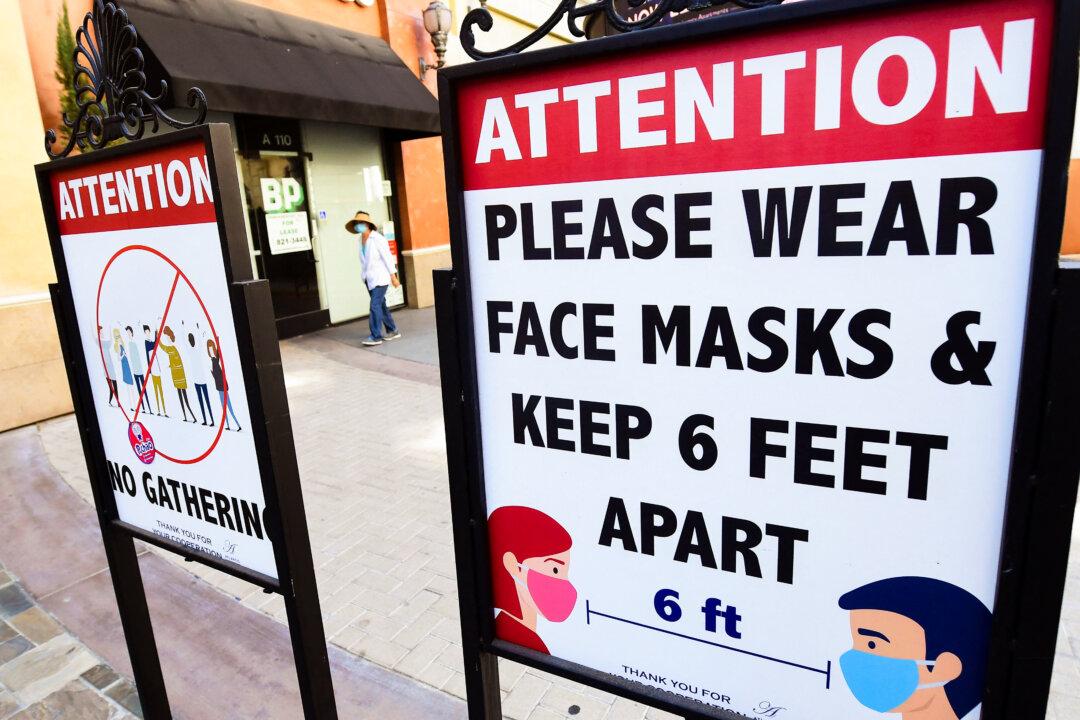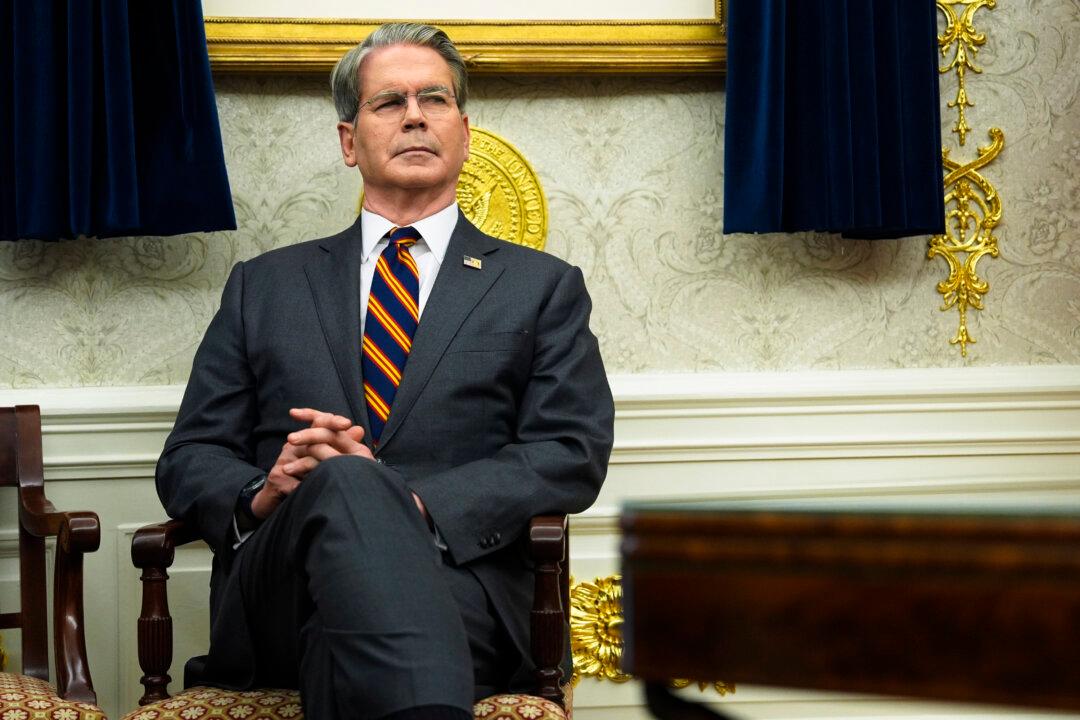Newly released testimony from Dr. Francis Collins, the former Director of the National Institutes of Health (NIH) who helped lead America’s COVID-19 pandemic response, indicates that there was a lack of scientific evidence for the six-foot social distancing rule that was a key fixture of COVID-19 restrictions.
On May 16, Rep. Brad Wenstrup (R-Ohio), chairman of the Select Subcommittee on the Coronavirus Pandemic, released a transcript from Dr. Collins’s transcribed interview, which took place on Capitol Hill in January behind closed doors.





